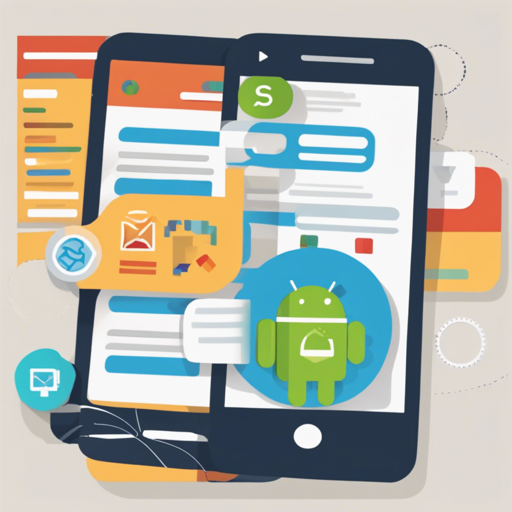Creating a WebView using HTML and CSS in Android can be a straightforward task if you follow the right steps. This guide will walk you through the process, offering a user-friendly approach to harnessing the power of web technologies in your Android applications.
Understanding WebView
A WebView is a view that displays web pages in your application. It is like a mini-browser that you can seamlessly integrate with your app, allowing you to show HTML content, CSS styling, and even run JavaScript.
Getting Started
To create a WebView, follow these essential steps:
- Step 1: Add the WebView to your layout XML file.
- Step 2: Load the HTML content into the WebView programmatically.
- Step 3: Utilize CSS to style your HTML content.
Step-by-Step Instructions
1. Add WebView to Your Layout
In your activity_main.xml file, declare a WebView:
2. Load HTML Content Programmatically
In your activity file, you can load HTML content using the following Java code:
WebView webView = findViewById(R.id.myWebView);
String htmlData = "WebView Example " +
"Welcome to WebView!
This is a simple demo.
";
webView.loadData(htmlData, "text/html", "UTF-8");
3. Adding CSS for Styles
You can enrich your HTML content with CSS to give it a beautiful look. Below is an example:
String htmlData = "Welcome to WebView!
This is a simple demo.
";
webView.loadData(htmlData, "text/html", "UTF-8");
Explaining the Code with an Analogy
Think of your Android application as a house. The WebView represents a window that allows you to see outside (the web). The HTML is like the view you want to showcase, perhaps a lovely garden filled with flowers (your content). CSS acts like a gardener, arranging the flowers beautifully, ensuring they are vibrant and catch your eye while making the garden look appealing. Together, they provide your users with a stunning view and experience while interacting with your app.
Troubleshooting
If you encounter issues while loading your WebView or seeing unexpected results, consider the following:
- Ensure that your internet access permissions are enabled in the
AndroidManifest.xml:
For more insights, updates, or to collaborate on AI development projects, stay connected with fxis.ai.
Conclusion
Integrating HTML and CSS in Android through WebView opens up a world of possibilities for dynamic content. With the basic instructions provided, you should be able to create a stunning interface for your users.
At fxis.ai, we believe that such advancements are crucial for the future of AI, as they enable more comprehensive and effective solutions. Our team is continually exploring new methodologies to push the envelope in artificial intelligence, ensuring that our clients benefit from the latest technological innovations.

